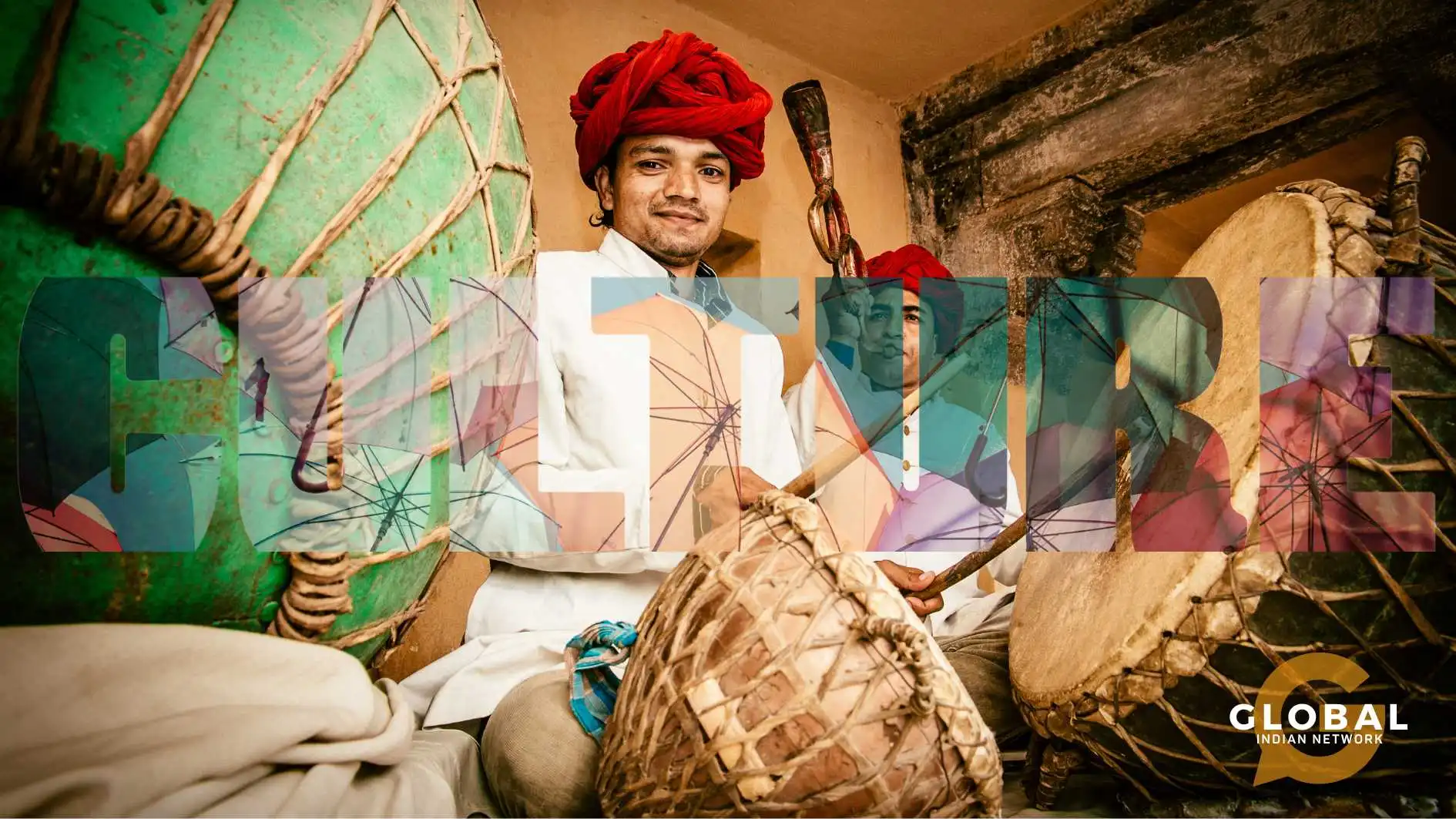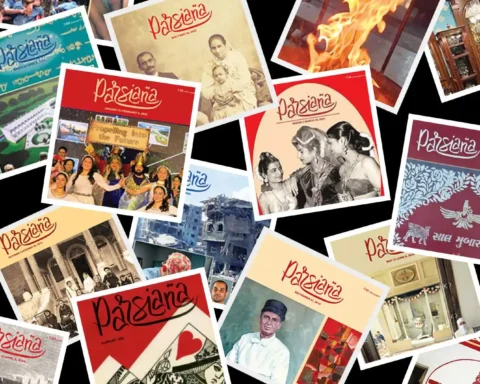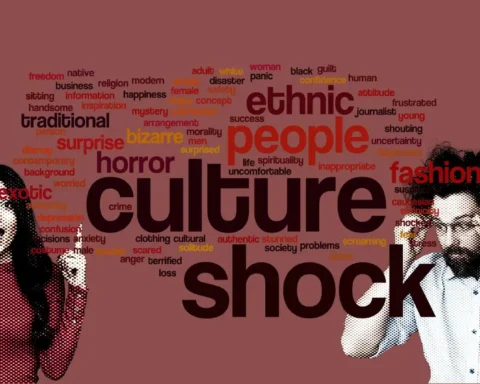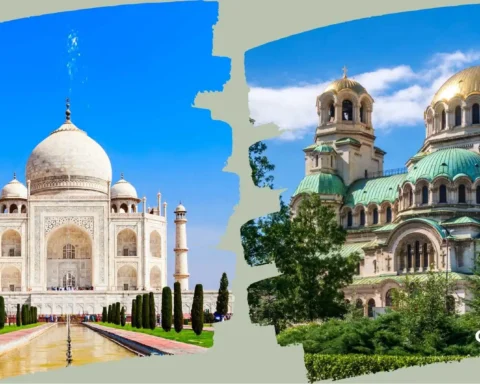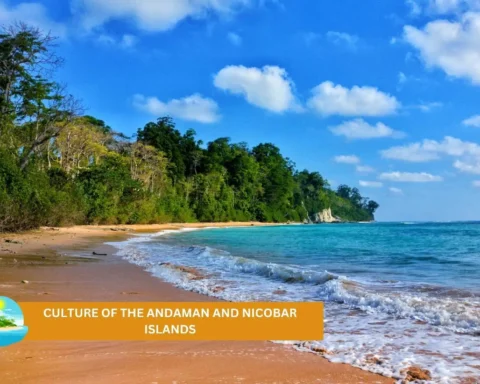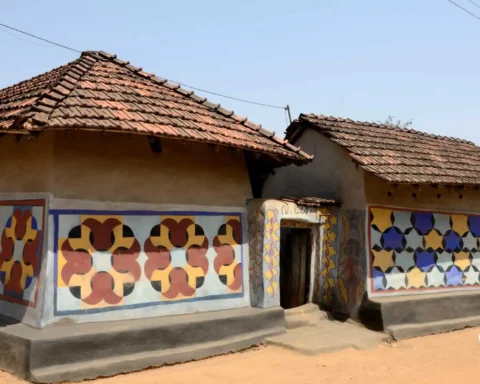Folk culture encompasses traditions, beliefs, and artistic expressions that are deeply rooted in the everyday lives of communities. Characterized by its close connection to the local environment, history, and social values, it is typically passed down through generations through oral traditions or informal learning. The folk culture of India is a living testament to its rich and diverse cultural heritage, playing a crucial role in preserving ancient Indian traditions and sustaining local identity.
Across its vast landscape, different regions nurture unique folk art, music, dance, and rituals. These cultural expressions are deeply rooted in history, reflecting the values, beliefs, and customs of tribal communities. Despite modernization and globalization, folk traditions continue to thrive, ensuring that India’s indigenous heritage remains intact.
Table of Contents
Folk Culture of India and Its Role in Preserving Traditions
Music and Dance in Preserving Traditions
Music and dance are two of the most powerful symbols of the folk culture of India. They serve as mediums for transmitting age-old traditions and historical narratives. Each region boasts its distinct style of folk performances, often linked to festivals, agricultural cycles, and spiritual practices.
Folk Music
Traditional folk music encapsulates centuries-old wisdom, storytelling, and local dialects. These include:
- Bhangra – Accentuated by the Punjabi folk drum known as the dhol, bhangra is characterized by its lively rhythms. Traditionally performed during harvest festivals, it has evolved gradually, incorporating elements of martial arts movement to make it more dynamic.
- Lavani – Lavani is the popular folk form of Maharashtra and is traditionally sung by female artists, accompanied by dance. It narrates tales of love, daily life, and cultural anecdotes and is known for its expressive lyrics and rhythmic beats.
- Baul – The Bauls, a mystic sect of Bengal, use soulful melodies and poetic lyrics to express their spiritual quest. Their songs deal with themes of love, devotion, and the search for truth, drawing inspiration from various sources, one of them being Rabindranath Tagore.
- Bihu – Associated with the Bihu festival, these lively songs mark the Assamese New Year and reflect the agrarian lifestyle. They are accompanied by instruments like the dhol and the gogona, a bamboo instrument.
- Bhatiali – This type of melancholic Bengali music is sung by the fishing community and reflects the lives of those who depend on the rivers for their sustenance.
Folk Dance
Folk dances play a vital role in preserving the traditions of ancient times and the folk culture of India, as they are performed during rituals, celebrations, and communal gatherings. Some popular forms of folk dances include:
- Giddha – This Punjabi dance is traditionally performed by women during special occasions. Its specific features, which make it different from the other dances, include its circular formation, rhythmic clapping, and complex footwork. It is accompanied by “bolis”, which narrates tales of daily life, love, and the like.
- Garba – Garba, a devotional Gujarati dance dedicated to Goddess Durga, is performed during Navratri and is characterized by circular movements and clapping along to the music. As it is dedicated to Goddess Durga, it is a celebration of the feminine divine and performed with great enthusiasm.
- Chhau – Chhau is a traditional martial dance form originating from the Eastern states of India, primarily Odisha, Jharkhand, and West Bengal. It blends elements of folk dance, martial arts, and storytelling, often depicting mythological tales and folklore. Performers wear elaborate masks and vibrant costumes and use powerful movements to narrate stories.
- Kolattam – This dance form has its roots in Tamil Nadu and is often performed during temple festivals and other special occasions. It is specifically known for its use of colorful sticks, adding to the visual appeal of the dance.
- Pung cholom – A Manipuri dance form, it is performed with a small drum called pung, giving birth to the name of the dance form. Characterized by acrobatic movements to the sound of the drum, it is often performed during religious ceremonies.

Folk Art and Handicrafts as Carriers of Heritage
Indian folk art forms and handicrafts form an intrinsic part of the folk culture of India and reflect the regional aesthetics, mythology, and socio-religious practices of the country. A treasure trove of cultural traditions, these traditional art forms preserve the indigenous techniques and symbolism of Indian culture.
- Madhubani painting – Originating from Mithila in Bihar, Madhubani painting features intricate designs of Hindu deities, nature, and geometric patterns in bright colors. Traditionally, these paintings were made on mud walls and later adapted to paper and fabric, ensuring the survival of this ancient art form.
- Warli art – The Warli tribe in Maharashtra creates simple yet expressive geometric shapes using white rice paste on mud walls. The circles represent the sun and moon, the triangle symbolizes mountains and trees, while the lines depict human activities. These artworks depict daily life, festivals, and spiritual beliefs, preserving tribal traditions through visual storytelling.
- Kalamkari – This art form from Andhra Pradesh is done by hand-painting or block-printing on fabric using natural dyes and depicts Hindu mythology and epics. It requires precision and patience to fully realize the beauty of its intricate designs.
- Gond painting – Gond painting is a tribal art form from Madhya Pradesh. It is done using vibrant colors in intricate patterns and depicts flora and fauna. Like the others, they were done on the walls of houses, but now they are also done on paper and canvas.
- Pattachitra – Pattachitra, meaning “cloth painting”, illustrates mythological narratives, particularly scenes from the lives of Lord Jagannath, Krishna, and other deities. Originating from Odisha and West Bengal, the meticulous craftsmanship and natural colors used in this art form have been maintained for centuries.
Folk Festivals and Rituals as Bridges to the Past
Folk festivals and rituals serve as cultural touchstones that connect people to their ancestry and propagate the folk culture of India from generation to generation. These celebrations uphold time-honored traditions and strengthen regional identities.
- Kumbh Mela – One of the largest religious gatherings in the world, the Kumbh Mela is held at four sacred locations. Millions of devotees partake in rituals, reflecting centuries-old spiritual practices and Vedic traditions.
- Hornbill Festival – Celebrating Naga tribal culture, this festival showcases folk dances, indigenous games, and traditional crafts, reinforcing the cultural identity of Northeast India.
- Theyyam – A ritualistic dance form, Theyyam is deeply embedded in Kerala’s folk traditions. It involves elaborate costumes, face painting, and theatrical performances depicting deities and ancestral spirits.
- Surajkund Mela – Surajkund Mela is an annual cultural fair held in Haryana, showcasing traditional arts, crafts, music, and cuisine from across India. It celebrates the country’s rich heritage with artisans and performers participating from various states and even international countries.
Conclusion
Folk culture is associated with homogenous and isolated small-scale social groups living in rural locations. The folk culture of India is a vibrant reflection of its ancient traditions and local identities, serving as a bridge between the past and the present. Through music, dance, art, festivals, and oral traditions, communities continue to honor their cultural heritage and pass it on to future generations.
While modernization poses challenges, proactive efforts by governments, institutions, and individuals ensure that these traditions remain relevant. By celebrating and supporting folk culture, India preserves its rich cultural tapestry, fostering a sense of identity, belonging, and cultural pride.

FAQs
What is the folk culture of India?
The folk culture of India refers to the traditional customs, beliefs, art forms, music, dance, and festivals that are unique to various regions and communities. It reflects the country’s rich cultural heritage and serves as a means of preserving local identity and cultural values.
What is the most famous folktale in India?
One of the most famous folktales in India is the Panchatantra, a collection of ancient fables featuring animals that impart moral lessons. Originally written in Sanskrit by Vishnu Sharma, these stories have been passed down for generations and continue to be popular in Indian culture.
What are the 7 cultures of India?
India’s seven prominent cultural regions include the North, South, East, West, Central, Northeast, and Union Territories. Each region has distinct traditions, languages, cuisines, and festivals. These regions reflect the country’s rich diversity, encompassing cultural practices from vibrant Punjabi Bhangra to classical Bharatanatyam.




